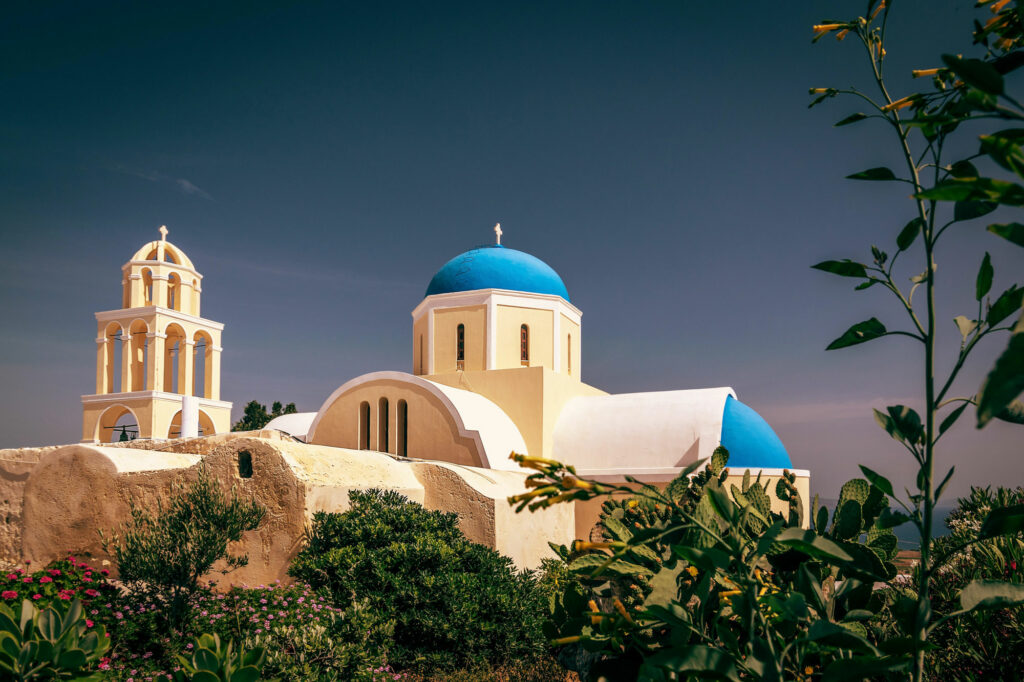Santorini, or Thera as the island is truly named, is one of the most unique and stunning landscapes you’ll ever wander across. A broken ring of cliffside islands encircles a deep bay, which harbors a sole onyx islet at its heart. A trio of seagulls glides unburdened atop a languid updraft, calling aimlessly into the sky. Suddenly, in a fit of animal instinct, the lead bird rolls and dives, tracing the rugged cliff face hundreds of feet vertically, screaming past a loping gondola full of weekenders and roller bags, before unfurling its wings and slowing into yet another upward glide. The gull is unaware that it was previously darting towards the core of a once colossal volcano, whose eruption was so massive that it set in motion the destruction of an entire civilization.
Not that many of the tourists with their backs to the water and outstretched hands holding cell phones know about the dark secret secluded in the deep blue waters below either. They’re more focused on the pristine white-walled and blue-topped cathedrals that dot the cliffside or the leatherwork and trinket shops that invite them in with their wares. This major hub for Minoan trade, source of a cataclysmic eruption, and likely origination of the Atlantis myth is now mostly a place for honeymooning couples to recreate engagement moments and fawn over each other in overpriced cliffside restaurants. The sun still sets, and the volcano still lays in wait.


